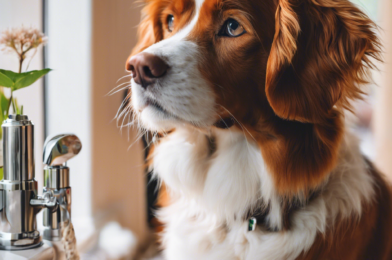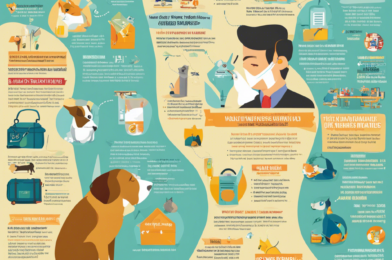Adopting a pet can be one of the most rewarding experiences, offering a chance to provide a loving home to an animal in need. But with the option to either adopt from a shelter or buy from a breeder or pet store, how do you know which path is right for you? This decision often sparks debate, and while both options have their merits, it’s essential to consider the responsibilities and implications of each choice.
Adopting from a shelter often means giving a second chance to an animal that has been abandoned, lost, or surrendered. Shelters are typically overflowing with loving cats, dogs, and other critters eagerly awaiting their forever homes. By adopting, you can provide a new lease of life for these animals and help alleviate the strain on shelters and rescue organizations. Many adoption facilities thoroughly screen and assess their animals’ health and temperament, ensuring you find a pet that suits your lifestyle. This process can also be more affordable, as adoption fees often include initial vaccinations, spaying/neutering, and microchipping.
Buying from a breeder or pet store may appeal to those seeking a specific breed or a pet with known genetic traits. This option can be particularly appealing for families with allergies or specific preferences, as it allows for a more tailored choice. However, it’s crucial to research and ensure that you’re supporting ethical and responsible breeders who prioritize the health and welfare of their animals.
Consider your lifestyle, preferences, and the time you can dedicate to your new pet. Adopting can be a rewarding journey, saving a life and potentially gaining a best friend. Alternatively, buying from a reputable source can provide the satisfaction of finding the specific pet you desire.







